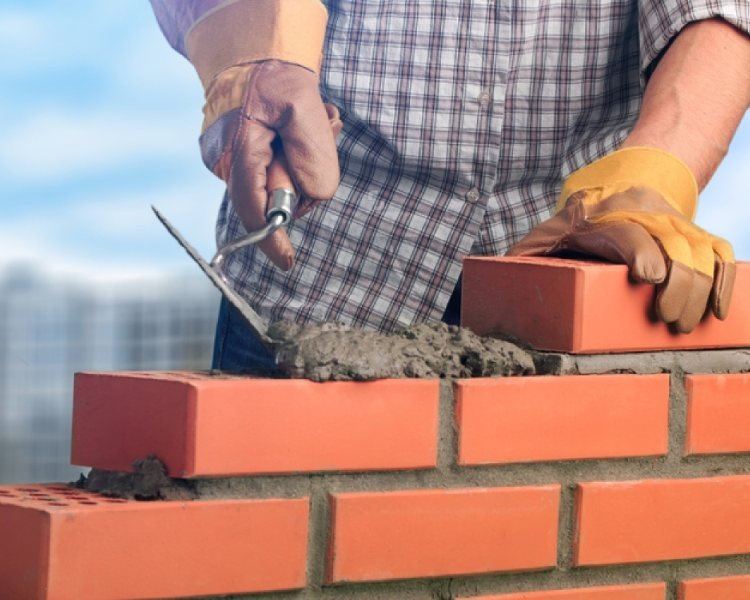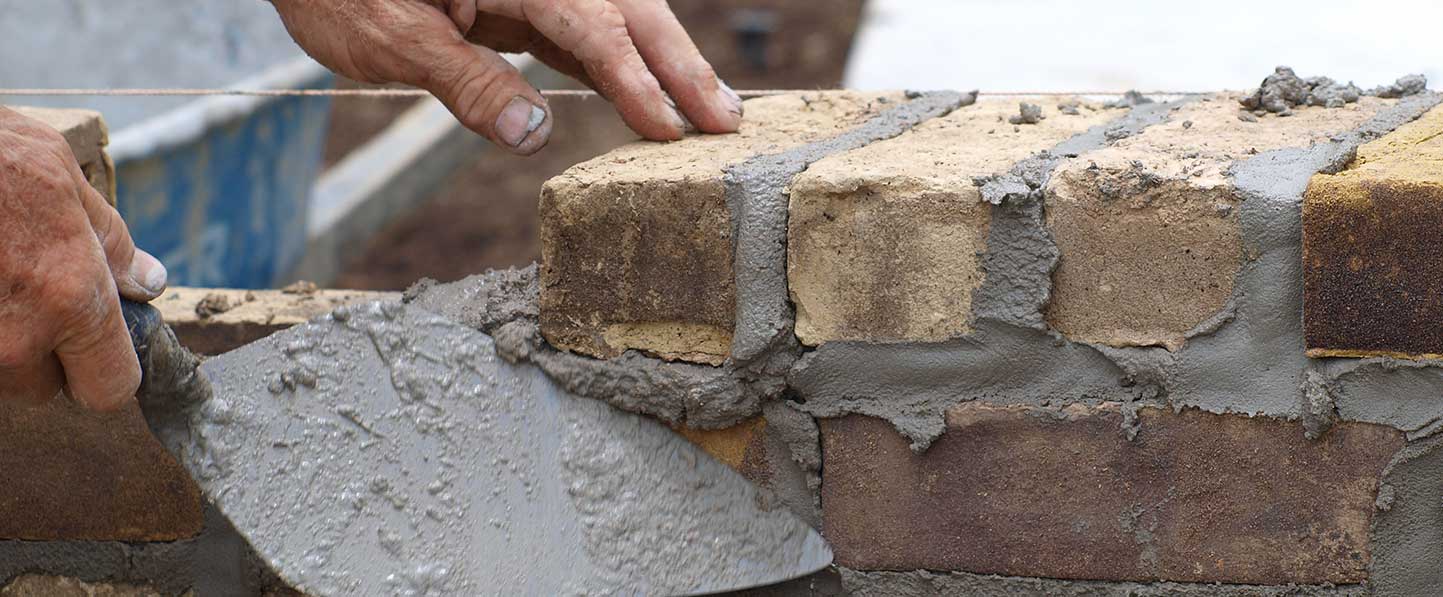Unlocking the Secrets of Lasting Masonry Building Practices for Eco-Friendly Structures
In the world of modern-day building, the pursuit of lasting methods has become extremely important. Amongst the myriad techniques to environmentally friendly structure, sustainable masonry building stands out as a tried and true and durable technique that holds a wide range of untapped potential. From the selection of materials to ingenious building and construction methods, the secrets to accomplishing sustainability within masonry building are complex and appealing. By checking out the advantages, materials, methods, and future fads of lasting masonry, a deeper understanding of just how these practices can form the future of environment-friendly buildings arises.
Benefits of Lasting Masonry Building And Construction
Embracing sustainable stonework building and construction techniques not only reduces ecological impact but also offers long-term financial benefits to builders and communities. By using materials like recycled bricks, blocks, and rocks, building contractors can significantly lower the carbon footprint of their tasks while promoting resource efficiency. Furthermore, lasting masonry building and construction methods, such as appropriate insulation and thermal mass residential properties, can boost energy efficiency within buildings, resulting in minimized functional prices over time.
Furthermore, the toughness and resilience of masonry frameworks add to long-term economic benefits. Buildings constructed using sustainable masonry methods often require less maintenance and repair, translating to cost savings for contractors and homeowner. The durability of masonry products additionally makes certain that frameworks continue to be secure and secure, decreasing the requirement for frequent remodellings or replacements.
Eco-Friendly Stonework Products
Utilizing environmentally friendly stonework materials is a crucial step in the direction of enhancing the sustainability of building techniques and minimizing ecological impact while making the most of long-term economic advantages. Lasting masonry materials are sourced, created, and utilized in a way that minimizes overall environmental impact. Sustainable concrete obstructs incorporate recycled accumulations and may include enhanced insulation properties, adding to energy performance in structures.
Additionally, all-natural materials like adobe, rammed planet, and straw bales supply exceptional thermal mass buildings, lowering the requirement for home heating and cooling energy. These products are often locally available, promoting regional economic situations and lowering transportation-related carbon emissions. By picking green stonework materials, construction tasks can dramatically decrease their ecological footprint and add to the development of healthier, much more lasting developed environments.
Energy-Efficient Masonry Methods
Power performance plays an important role in boosting the sustainability of masonry building and construction methods. One crucial energy-efficient masonry technique is the use of thermal mass, which involves including dense materials like concrete or block into the building's structure to absorb and save warmth.

Innovations in Lasting Stonework
Recent innovations in lasting stonework practices have produced ingenious strategies that are improving the building and construction industry. One such development is the development of self-healing concrete, which uses bacteria installed within the concrete to recover cracks autonomously. This breakthrough not only minimizes maintenance prices however also improves the longevity of stonework structures, adding to their sustainability.
Another remarkable technology is using recycled aggregates in stonework construction - masonry contractor. By incorporating materials such as crushed ceramic waste or recycled glass right into concrete mixes, contractors can lower the ecological impact of building jobs while maintaining architectural honesty. This method not only diverts waste from garbage dumps however likewise saves natural deposits, making it an essential advancement in sustainable stonework building
Additionally, the integration of electronic design tools, such as this link Structure Info Modeling (BIM), is revolutionizing the way stonework structures are intended and built. BIM permits even more specific estimations, decreased product wastage, and boosted energy efficiency, eventually causing more sustainable building practices. These innovations collectively signify an encouraging future for lasting masonry building and construction in the period of eco-friendly structures.
Future Trends in Stonework Sustainability
With the innovative strides made in lasting masonry methods, the future patterns in stonework sustainability are poised to additional transform the building and construction market. One of the vital trends shaping the future of useful source stonework sustainability is the enhanced integration of modern technology. Developments such as Building Information Modeling (BIM) and virtual fact simulations are being utilized to maximize masonry construction procedures, bring about lowered product waste and enhanced power performance in structures.
Moreover, the development of novel lasting products is set to play a considerable function in improving the eco-friendliness of masonry building and construction. masonry contractor. Technologies like self-healing concrete, recycled aggregates, and bio-based binders are obtaining grip for their ability to lessen environmental effect while preserving architectural integrity

Verdict
To conclude, sustainable masonry building and construction techniques use countless benefits for eco-friendly buildings. By using environmentally friendly materials and energy-efficient strategies, stonework can add to an extra sustainable developed atmosphere. Technologies in sustainable stonework are constantly being developed to better boost the ecological efficiency of buildings. Looking towards the future, the pattern of stonework sustainability is anticipated to expand, resulting in even more eco friendly and energy-efficient construction methods in the years ahead.